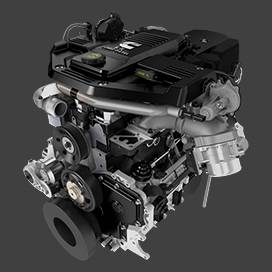Nov . 05, 2024 15:16 Back to list
brake drum removal tips
Tips for Removing Brake Drums A Comprehensive Guide
Removing brake drums can be a critical task for those performing brake maintenance or upgrades on their vehicles. While it may seem daunting at first, with the right tools and techniques, this process can be much smoother. This article will outline several key tips to help make brake drum removal a more manageable and efficient task.
1. Gather the Right Tools
Before starting, ensure you have all the necessary tools at your disposal. Common tools include a lug wrench, a brake drum puller, a rubber mallet, and a screwdriver. Additionally, jack stands and a hydraulic jack are essential for safely lifting the vehicle. Having the right tools on hand reduces frustration and expedites the process.
2. Safety First
Safety should always be your top priority. Begin by parking the vehicle on a level surface, engage the parking brake, and ensure the vehicle is in gear (for manual transmissions) or in 'Park' (for automatics). Use wheel chocks to secure the wheels that will remain on the ground. Once you've completed these safety checks, raise the vehicle with a hydraulic jack and securely place jack stands under the vehicle to prevent it from collapsing.
3. Remove the Wheel
Once the vehicle is safely elevated, use the lug wrench to remove the wheel. Loosen the lug nuts in a star pattern to evenly distribute the pressure and avoid warping the brake rotor. After removing the lug nuts, take off the wheel to expose the brake drum.
4. Inspect for Retaining Clips
brake drum removal tips

Most brake drums are held in place by either one or two retaining clips. Before attempting to remove the drum, check for these clips. If present, use a screwdriver or pliers to carefully remove them. Failing to do so can lead to damage to the drum or surrounding components.
5. Use a Brake Drum Puller
If the drum is stuck, a brake drum puller can be a lifesaver. This tool applies even pressure to the drum, helping it break free from the wheel hub. Follow the instructions provided with the puller to avoid any mishaps. If you don’t have a puller, gently tapping the edge of the drum with a rubber mallet can sometimes help loosen it.
6. Check for Rust and Debris
Once you’ve successfully removed the drum, inspect the brake assembly for rust, debris, and wear. Clean the surfaces with brake cleaner to ensure that everything is in optimal condition. This inspection is crucial for maintaining braking efficiency and safety.
7. Installation Tips
When installing the new or cleaned drum, ensure the surface is free from contaminants like oil or grease. Secure the retaining clips if applicable and reinstall the wheel. Tighten the lug nuts in a star pattern for even pressure once again.
Conclusion
Removing brake drums can be a straightforward process if approached systematically and safely. By gathering the right tools, ensuring safety measures are in place, and following the correct steps, even novice mechanics can successfully complete this task. Regular brake inspection and maintenance play a significant role in the overall safety and performance of your vehicle, making these skills invaluable. Always remember that if you're unsure or uncomfortable with the process, it’s wise to consult a professional mechanic. Safe travels!
-
Volvo Brake Drum: OEM Quality, Optimal Safety
NewsAug.27,2025
-
Durable Brake Drum MAZ for Heavy Duty Trucks | High Performance
NewsAug.26,2025
-
FUWA: Premium Quality, Reliable Performance & Innovative Solutions
NewsAug.25,2025
-
Liza Brake Drum: Superior Quality & Performance for Safe Driving
NewsAug.24,2025
-
Iveco Brake Drum | Premium OE Quality for Daily & Eurocargo
NewsAug.22,2025
-
Your Brake Drum Man: Quality & Performance Parts
NewsAug.21,2025
